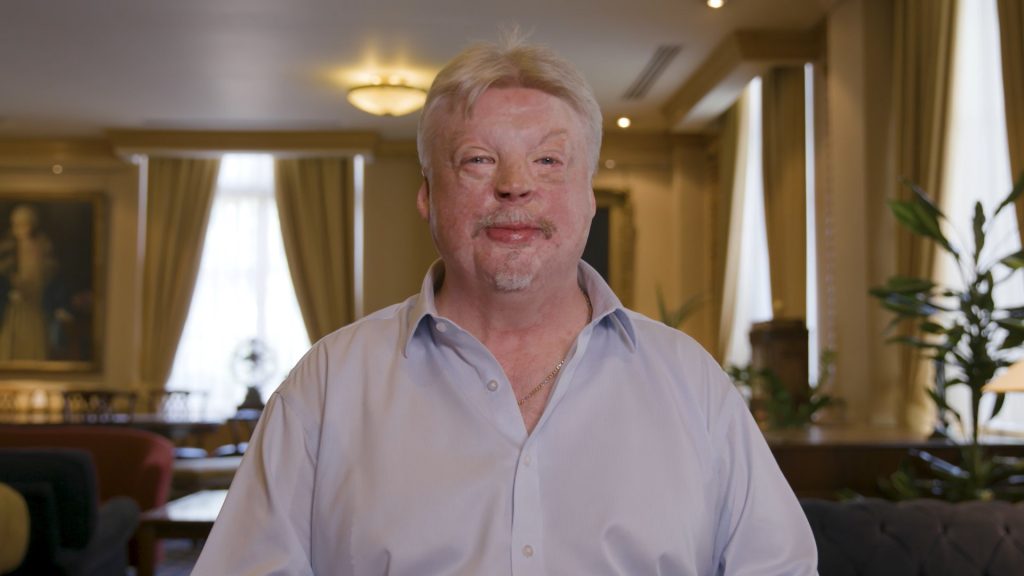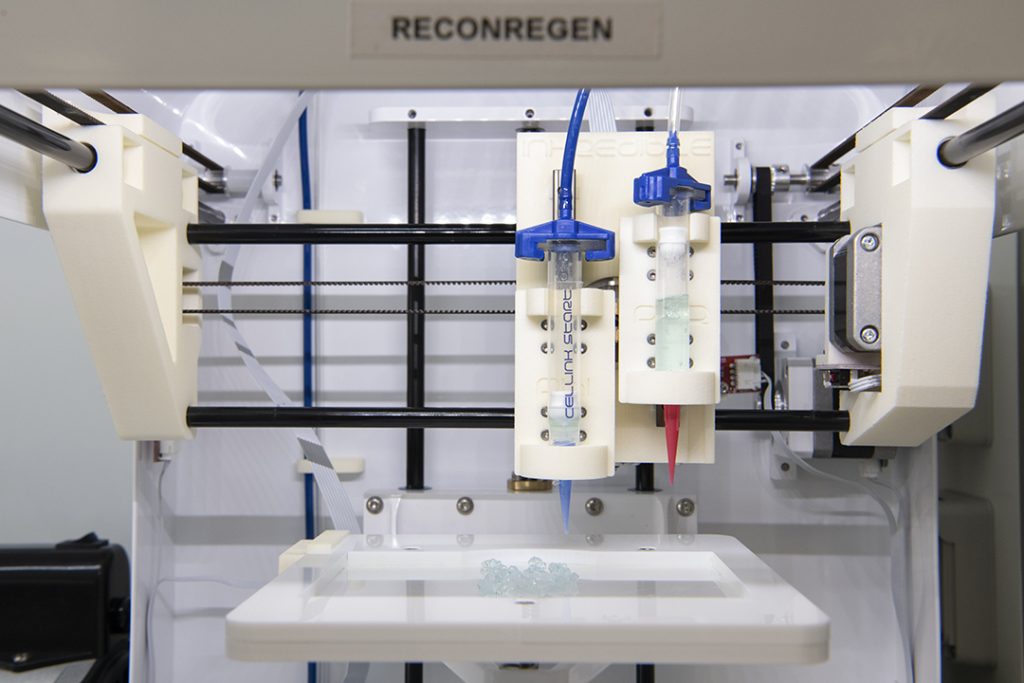Scientists at the University of Swansea are developing a 3D printed vegan nose for those requiring artificial nose transplants, the Daily Mail has reported. This process offers a sustainable and personalizable option for patients, utilizing plant based materials and human cells to 3D print artificial nose cartilage.
This project was first launched in July 2021, when medical research charity The Scar Free Foundation launched a three-year, £2.5 million-plus regenerative research program at Swansea University. Focused on developing 3D ‘bioprinted’ facial cartilage, a key aim of this program was outlined as alleviating the physical and psychological burden of scarring.
During the 2021 announcement, Simon Westin CBE, Lead Ambassador for The Scar Free Foundation, said that “it’s fantastic that this research is taking place and what we are going to do is amazing”, and that this new 3D printing process “would have made a big difference to me.”
Project leads Professor Iain Whitaker, Chair of Plastic Surgery at Swansea University Medical School, and trainee surgeon Thomas Jovic recently presented their new findings to the British Association of Plastic, Reconstructive, and Aesthetic Surgeons’ (BAPRAS). Alongside BAPRAS and the Scar Free Foundation, the project has also drawn significant support from the Royal College of Surgeons.
As the development of this project continues, steps will now be taken to determine whether the material provokes an immune reaction, with a view to beginning animal trials in the near future. Attesting to the significance of this research, Professor Whittaker has claimed that the “clinical translation of this work will revolutionize plastic surgery.”

The 3D printing process
According to Whitaker, the current process for the reconstruction of cartilage in the face requires “a lengthy and complex operation which may be fraught with challenges.”
Manufacturing on Demand
Indeed, surgeons traditionally take cartilage from the patients’ ribs in order to create the superstructure to form the new nose, with up to three lower ribs often being removed. However, this cartilage is less flexible and more brittle than that of the nose, while the removal of ribs often leads to long-term health complications for the patient. For instance, surgery can pose risks of lung collapse, infection, or even death. Thus, this new process offers a much safer alternative.
Nanocellulose hydrogel (effectively pulped softwood) and hyaluronic acid, a key ingredient in skin creams and facial fillers, are used as bioink to 3D print the artificial cartilage scaffold. After the material is printed, a biological catalyst is added to cure it and make it stronger and last longer. The 3D printed scaffold is then bathed in a solution of the patients’ own cartilage cells, which colonize the structure before it can be surgically implanted. This process, which can also be used to produce artificial replacements for damaged ears, results in a material “that’s about 10 times more flexible than natural nose cartilage,” according to Jovic.
With the help of additive technology, fake nose implants can also be made to fit the patient’s face perfectly. “This material can form a perfect replica, which is plant-driven and structurally robust”, claims Whitaker. “This process increases personalization and creates a permanent solution via a process that is much less complex than traditional procedures, reducing operative hours and eliminating the need to manually carve the nose structure.”

AM and reconstructive surgery
The use of AM technology for reconstructive surgery applications is nothing new. In a process somewhat similar to that being pursued by Whitaker and Jovic, researchers at the University of Alberta (U of A) developed a method of 3D bioprinting customized nasal cartilage for cancer patients living with postoperative facial disfiguration. Announced in May 2021, the process leverages a CELLINK 3D bioprinter to deposit a mixture of the patient’s cells and a collagen hydrogel into a nasal shape, before this is cultured into functional cartilage.
In December 2021, it was reported that doctors at the Claudius Regaud Institute and the Toulouse University Hospital had done a nose transplant using 3D printing technology. In this procedure, unlike the one being worked on at Swansea University, a 3D printed nose was grafted onto the patient’s forearm. The nose was then grown here for two months before being removed and implanted on their face. The surgical team behind the procedure called it unique and something that “had never before been performed on such a fragile and poorly vascularized area.”
You might also like:
First US Surgeries Successfully Utilize 3D Printed PEEK Spinal Implants: German chemical company Evonik first announced the i4 3DF PEEK material in 2018 and commercial availability began in 2020.
* This article is reprinted from 3D Printing Industry. If you are involved in infringement, please contact us to delete it.
Author: Alex Tyrer-Jones

Leave A Comment